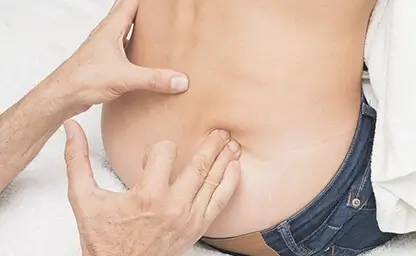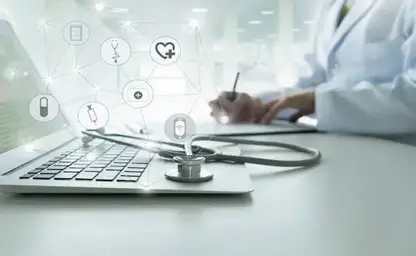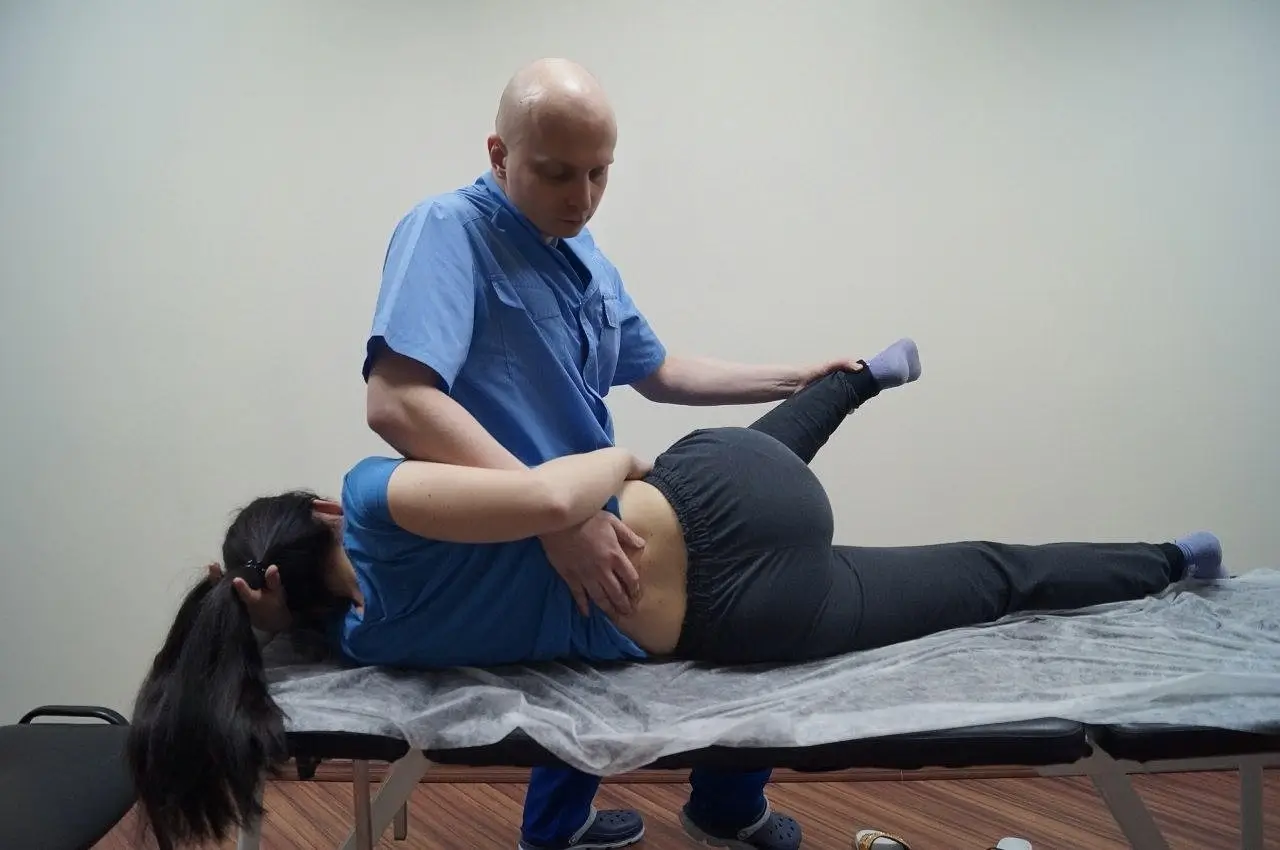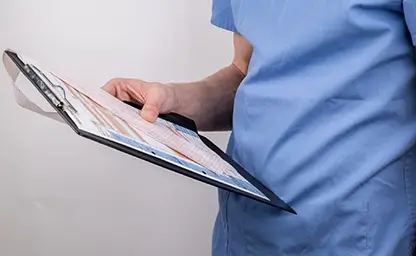

Joint mobilization techniques
Joint Mobilization
Joint mobilization is a set of manual techniques aimed at eliminating functional limitations of joint mobility and restoring normal biomechanics of movements.
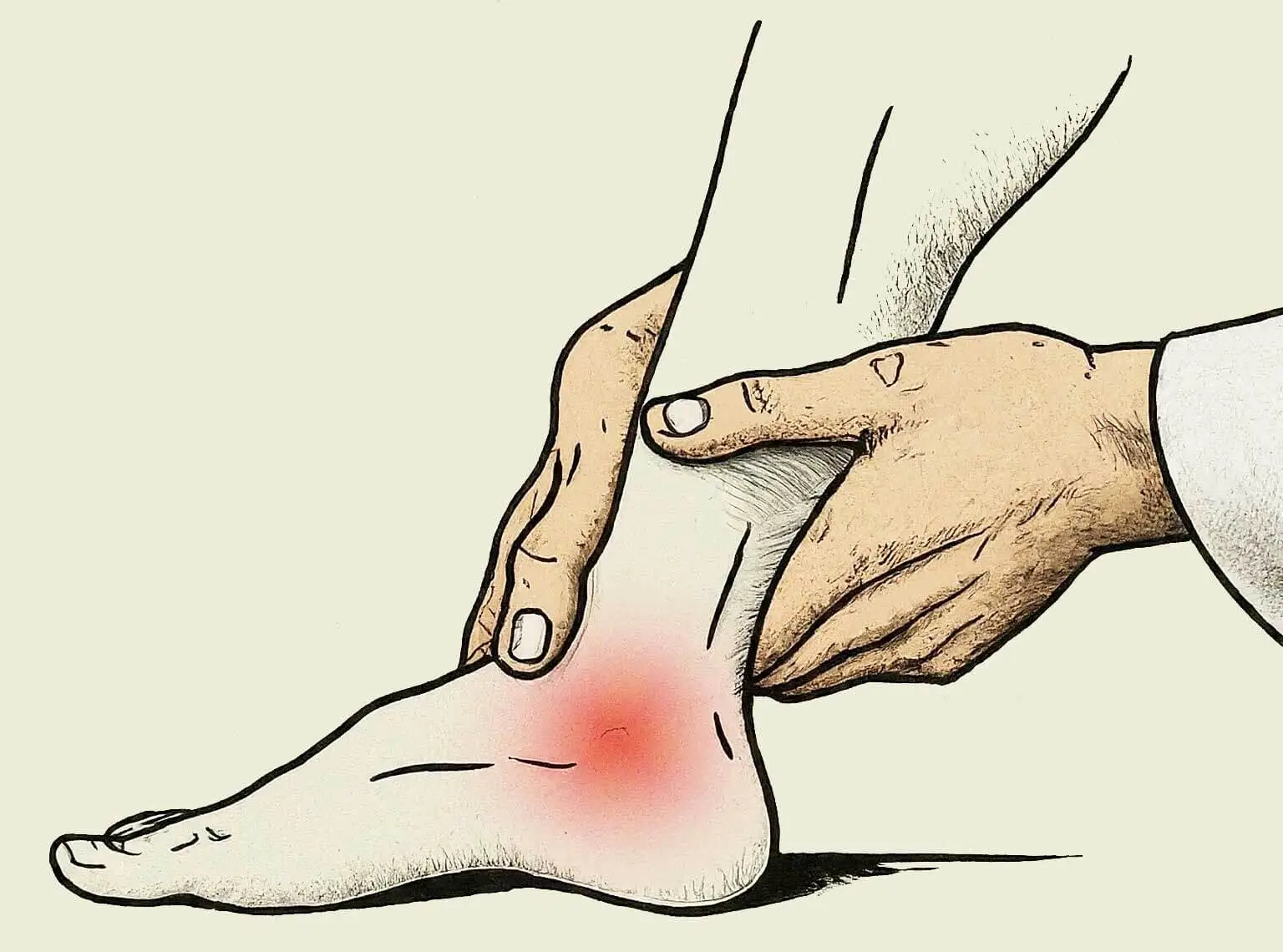 Mobilization involves performing passive, semi-passive or active-assisted movements in the joint with increased amplitude and speed compared to normal. The aim is to stretch the ligaments, joint capsule, and periarticular soft tissues, eliminate functional blockages in them, and restore full range of motion. Should be carried out taking into account the phase of the pathological process, the anatomical features of the joint, the nature of the limitation of mobility. It is contraindicated in case of joint instability, acute inflammation, unhealed fractures. This is an important conservative method of restoring joint function in various diseases and injuries.
Mobilization involves performing passive, semi-passive or active-assisted movements in the joint with increased amplitude and speed compared to normal. The aim is to stretch the ligaments, joint capsule, and periarticular soft tissues, eliminate functional blockages in them, and restore full range of motion. Should be carried out taking into account the phase of the pathological process, the anatomical features of the joint, the nature of the limitation of mobility. It is contraindicated in case of joint instability, acute inflammation, unhealed fractures. This is an important conservative method of restoring joint function in various diseases and injuries.
Joint play
- Joint play, also known as assisted joint motion, refers to the slight physiologic movements that occur in a joint during normal function. These small involuntary movements are independent of muscle contractions and are important for proper joint health and mobility. Joint mobility provides a small degree of sliding, loosening, and rotation of the joint surfaces within the joint capsule. This micro-movement helps:
- Distribute synovial fluid, a lubricating substance in the joint, providing proper lubrication and nutrition to the cartilage.
- Promote the exchange of nutrients and waste products between cartilage and synovial fluid, keeping cartilage healthy.
- Increase range of motion, preventing adhesions from forming and allowing for smooth joint movement. Dysfunction or restriction of joint play can lead to a variety of problems including joint pain, stiffness and limited range of motion.
Most popular approaches to joint mobilization
- Maitland rhythmic mobilization technique - oscillating movements of varying amplitude and speed are used.
- Kaltenborn traction mobilization - smooth stretching movements with fixation in the final position are used.
- Mobilization with movement according to Mulligan - the specialist combines active movements of the patient with passive mobilization.
Often used in conjunction with other methods - after massage to consolidate the effect of muscle relaxation, before stretching to prepare the joint and ligament apparatus. Can precede manipulation or replace it in case of contraindications.
Basic principles for the use of mobilization include:
- Kaltenborn's rule (movement of the concave surface of the joint determines the direction of mobilization).
- Maitland's 5 degrees of mobilization (determines the amplitude and force of the impact).
- The principle of active participation in the Mulligan approach - the patient performs the movement himself and the specialist assists.
- Taking into account the condition of the joint, excluding contraindications.
- Gradual increase in the amplitude of movements.
Application area of joint mobilization:
- Contractures and limitation of mobility after injuries, surgeries.
- Functional joint blockages and associated symptoms.
- Myofascial pain syndromes.
- Consideration of joint conditions, exclusion of contraindications.
- Prevention of posture and motor stereotyping disorders.
Mobilizations have the following advantages:
- Much safer than pushing manipulations on joints.
- Available for self-application.
- Restores full range of motion.
- Reduces pain syndrome.
- Improves tissue trophicity.
- Prevents contractures and deformities.
- Increases the functional capacity of the joints.
Thus, joint mobilization is an effective and safe method of restoring their functions in various diseases and injuries. It is widely used both in medical practice and in sports and fitness. Allows you to quickly resume full-fledged movements in the joints.
☛ Benefits of muscle-energy techniques.
☛ Features of Mulligan's manual therapy
